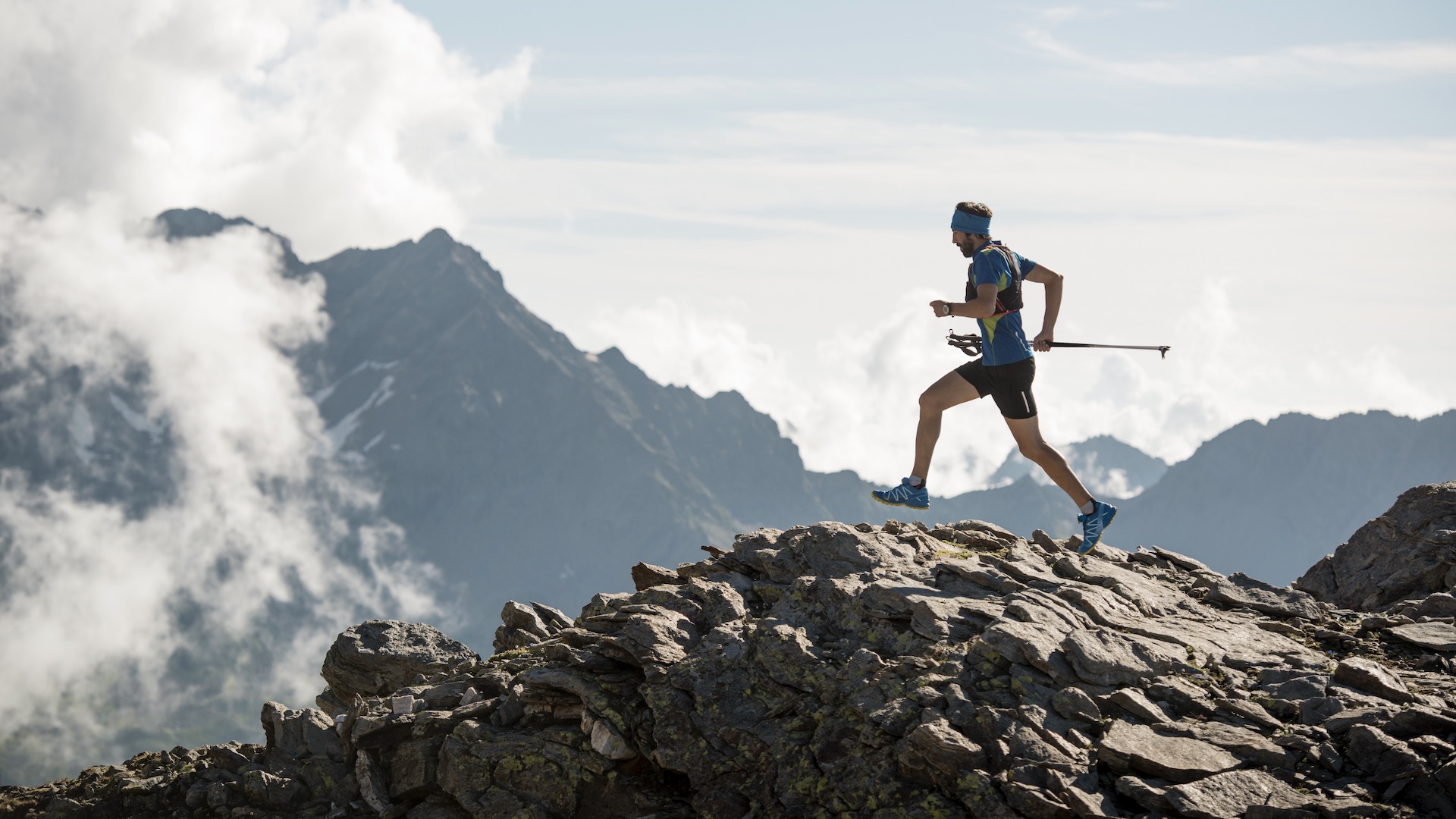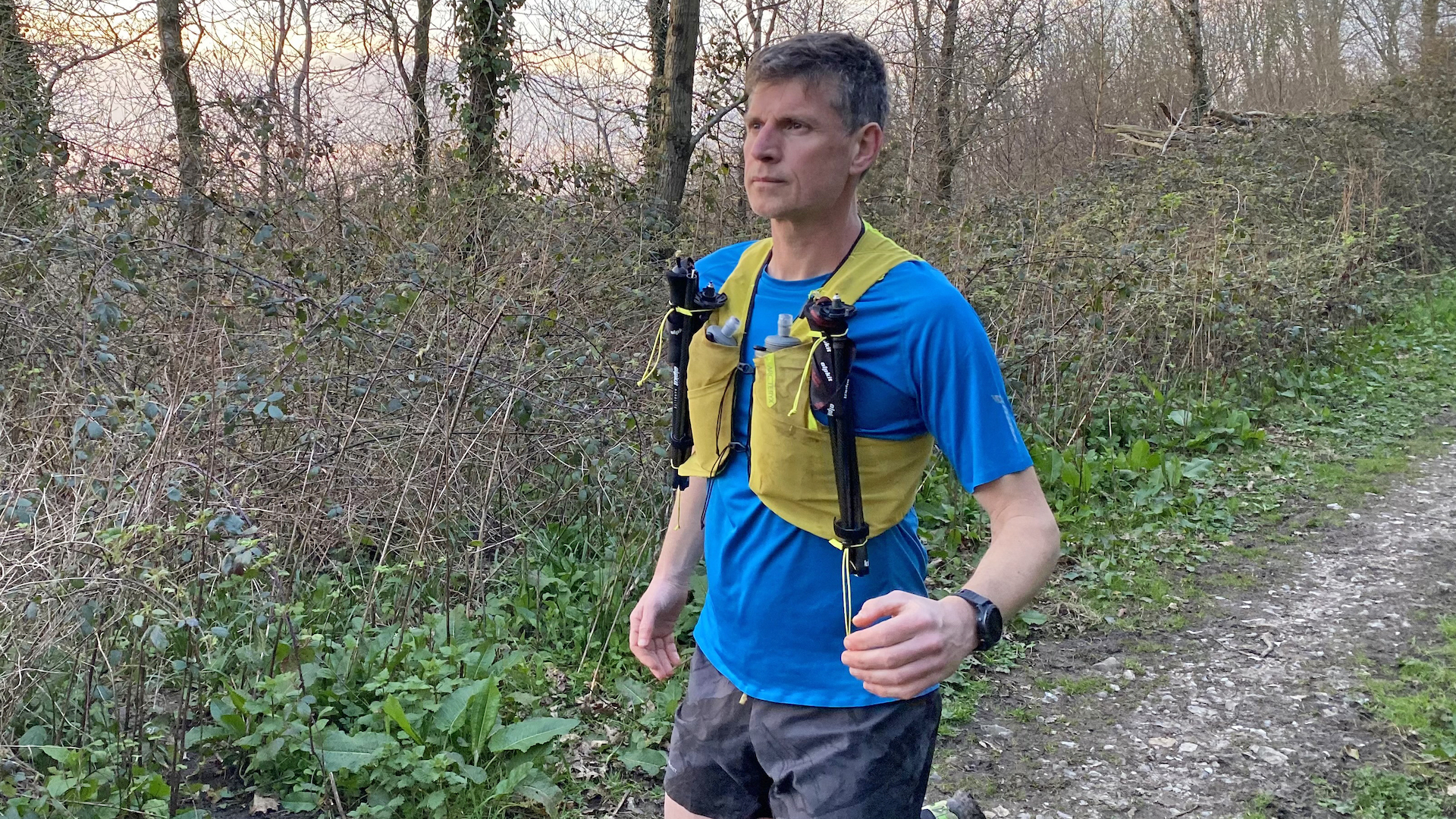
While keeping fit is a great thing, pushing your body to the limit will always raise potential health concerns. Admittedly, doctors who expressed concern to Roger Bannister that his heart would explode if he attempted to break the four-minute mile were clearly way off the mark, but these days there are all kinds of less hysterical, meticulously researched studies that can properly examine the effects of extreme physical exertion, such as ultra running.
And a recent study carried out in France and published in Physiological Reports reveals that ultra-trail runners face an elevated risk of acute kidney injury (AKI), particularly during the first half of a race.
The study, lead by Jean‐Charles Vauthier of the Département de Médecine Générale, Faculté de Médecine in Nancy, France, looked into the link between ultra trail running and acute kidney injury (AKI), also known as acute renal failure. Following endurance exercise, the kidneys may have trouble filtering the chemical waste product creatinine from the blood. This is bad, because increased creatinine levels in the blood can lead to AKI, which can lead to reduced urination, digestive disorders, fatigue, vomiting and headaches. It can even be fatal.
In this new study, 55 participants ran a 156km / 97 mile ultra-trail course (actually six loops of 26km / 16 miles) in Clécy, Normandy, France, with 6,000m of elevation gain. There was a refreshment station that they could use at the end of each loop to rehydrate and refuel.
Thirteen runners did not finish (DNF), three due to injuries such as sprains, and fractures. The other 10 suffered things like fatigue, hypothermia and gastric problems.
To measure participants’ kidney health, researchers used a diagnostic classification system known as RIFLE (risk, injury, failure, loss of kidney function, and end‐stage kidney disease), a score commonly used in hospital intensive care units, to calculate the severity of AKI.
88% of the runners showed high RIFLE values during the course’s first two laps, with a peak level of kidney damage occurring around 52km.

When runners reached 78km, RIFLE values fluctuated, with a general decline until the end of the race. The researchers believe this may be because a rest at the halfway point gave their kidneys a chance to recover. From there on, the RIFLE levels were no longer in the high-risk category.
24 hours after the race, all but one of the runners presented normal kidney function.
The conclusion being:, ultra-trail runners are most at risk of AKI during the first half of a race.
Prevention is better than cure
The researchers stress the importance of two important preventive measures to help ultra-trail runners avoid AKI, both of which are basic common sense really, but it’s always good to be reminded:
1) Drink water. Hydration is important to so many reasons when you’re excising for extended periods, but it’s especially important for keeping you’re kidneys working at peak condition.
2) Listen to your body. You know the difference between normal trail wear and tear on your body and something deeper and potentially more dangerous going on. Be prepared to abandon an ultra race if necessary.
Some ultra runners are also tempted to take nonsteroidal anti‐inflammatory drugs (NSAIDs) such as ibuprofen to combat pain and inflammation, but there’s also believed to be a link between taken them and kidney failure. Though this study didn’t look into that specifically, the study does recommend that “the consumption of NSAIDs before or during an ultra‐distance race should be prohibited.”
- The best hydration packs 2024: on-the-go refuelling for your runs







